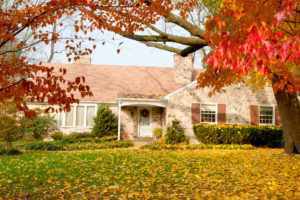Latest Posts
- Have a purpose when backyardingAugust 5 2021
- Study: Time outside alters our microbiomeAugust 4 2021
- Happy National Mutt Day from Mo-MoJuly 27 2021
- New home? Avoid these common mistakes in your yard.July 26 2021
- Infographic: Plan a backyard staycation this summerJuly 22 2021
Categories
Archive
October 24th
INFOGRAPHIC: What’s your lawn good for? Plenty!

Protecting living landscapes in our own backyards, community green spaces and school yards is critical to the health of people and the planet, as this infographic illustrates. Putting the right plant in the right place is key to healthy living landscape. More than knowing whether your plants will thrive in sun or shade, you must also factor in your micro-climate zone, family needs and lifestyle.
Check out the infographic to learn benefits of the living landscape.
Wildlife corridors. Landscaped areas in our backyards and communities provide food and habitat for insects, small mammals and birds. A recent study indicated that birds are declining rapidly, and our living landscapes are one way to reverse this trend.
Balance man-made environments. Green space helps offset the miles of concrete, buildings and roadways in our man-made environments. This makes our communities a nicer and healthier place to live.
Healthy landscapes, healthy people. Living landscapes are good for our health and well-being (check out the Living Landscapes Fact Book for more on this!). Being an “outsider” by exploring and appreciating nature – starting in our own backyards and community green spaces – reduces stress, improves memory, boosts heart health and offers a host of other benefits for our minds and bodies. Additionally, green space is where people reconnect with nature and one another, making memories and creating a healthier, happier life
Environmental superhero. Our living landscapes are environmental superheroes. The grass, trees and shrubs in our backyards and communities collect, filter and clean water, produce oxygen, absorb carbon, reduce heat islands, prevent soil erosion and more.
To learn more about the many benefits of our living landscapes, go to SaveLivingLandscapes.com.





